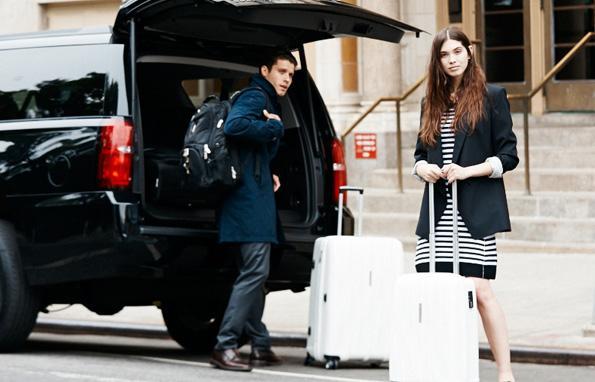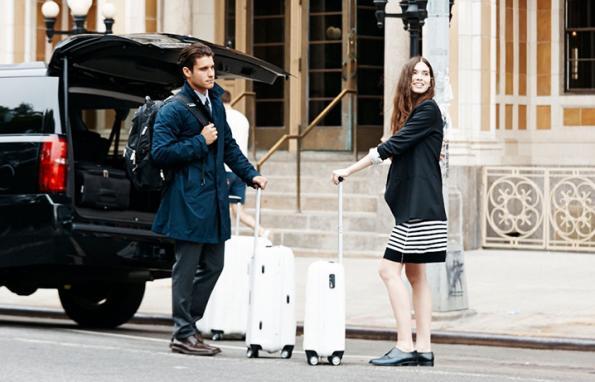Approved Carry-on Luggage Size


Back in June, the International Air Transport Association (IATA) announced a new initiative called “Cabin OK”, which recommended standardizing carry-on luggage sizes across the entire airline industry. According to the IATA, this initiative would allow every passenger on a plane that seats 120 people or more to bring one piece of carry-on luggage onboard to store in the overhead bin.
On the surface, such an initiative makes sense. Airlines seem to keep finding new ways to tack on additional fees for air travel, including the trend of charging fees for checked bags. This trend has caused a large increase in the number of passengers trying to bring as much luggage onboard as possible. Most travelers would likely welcome the reassurance that they wouldn’t have to worry about whether or not their luggage will fit onboard their flight. Unfortunately, these new guidelines come with a catch that has caused a great deal of backlash, especially among air travelers in North America.
So what was is it about this proposal that has sparked so much controversy? It all comes down to the new proposed luggage size limits. If the IATA luggage size recommendations were implemented, the average size of carry-on travel backpacks & bags for US airlines would shrink by 20%. The maximum carry-on luggage size currently allowed by most US airlines is 22 inches by 13 inches by 9 inches, whereas the recommended size proposed by the IATA sets the size for an “optimal” carry-on bag at no larger than 21.5 inches tall by 13.5 inches wide by 7.5 inches deep.
This proposal has resulted in everyone from occasional air travelers to US politicians (including Senators Bob Menendez and Chuck Schumer, along with Representative Steve Cohen) crying foul, suggesting that these new guidelines are a ploy for airlines to squeeze even more fees out of passengers unless they are willing to invest in new luggage. Despite these speculations, both US carriers and luggage manufacturers have come out against these proposed size guidelines.
Luckily for travelers everywhere, the IATA has heard these objections loud and clear, and have backed away from their proposed guidelines. They have announced they are “beginning a comprehensive reassessment in light of concerns expressed, primarily in North America. This will include further engagement with program participants, the IATA membership, and key stakeholders.” Hopefully the IATA will take this backlash seriously when coming up with recommendations in the future, and realize that while most travelers would like to be able to bring their luggage onboard when flying, the cost of purchasing new luggage would likely outweigh the benefit of saving on checked baggage fees for all but the most frequent of fliers.


